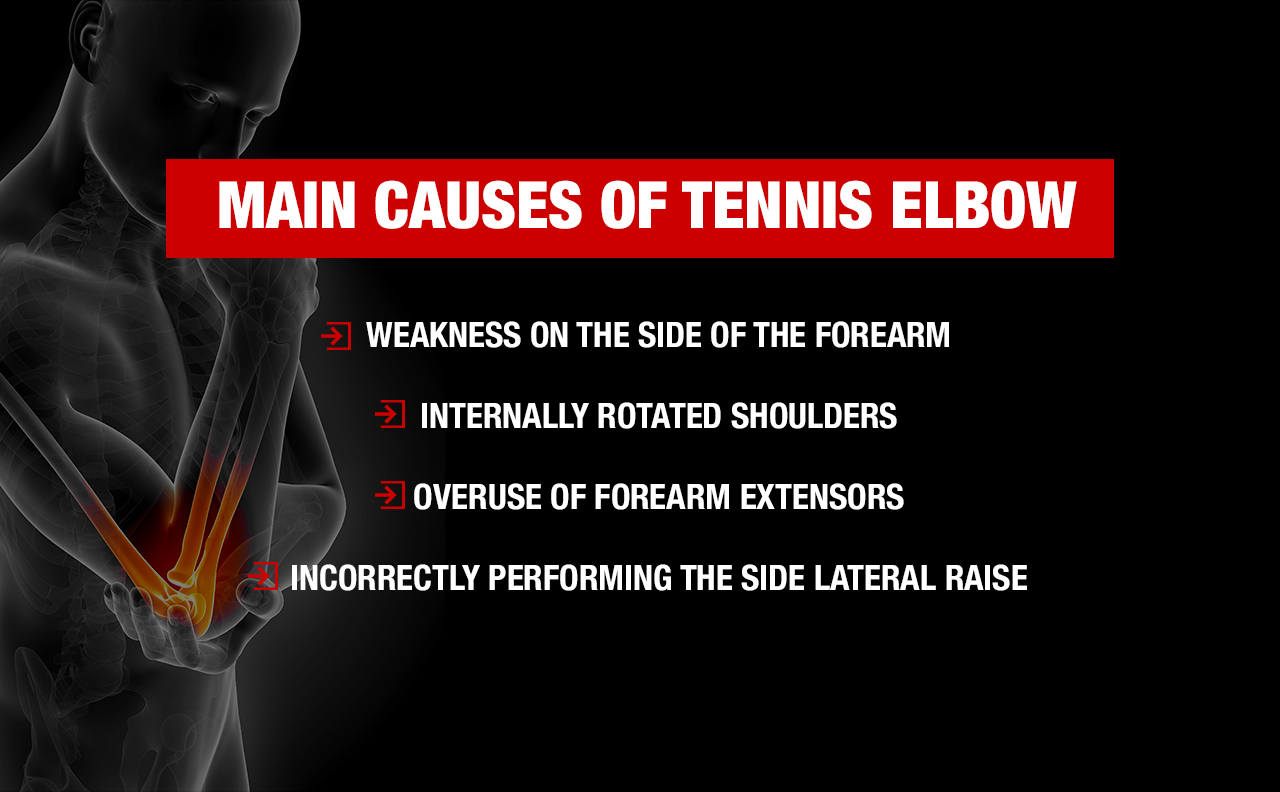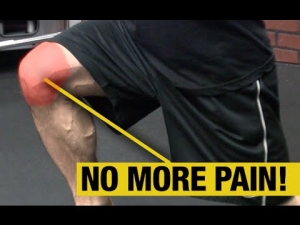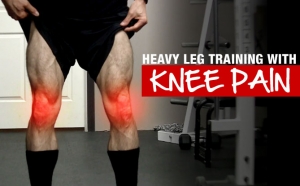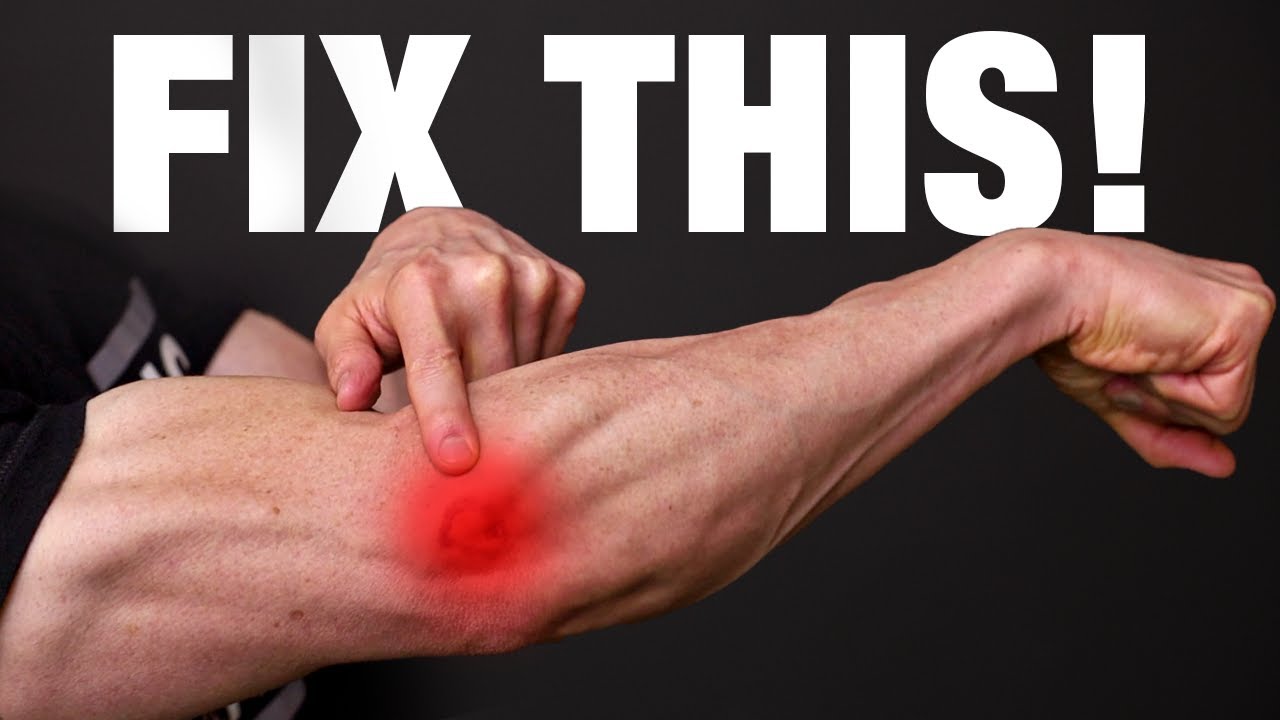
HOW TO FIX TENNIS ELBOW
Do you have a throbbing pain that you can literally put your finger on around your elbow?
Does it feel like someone’s stabbing you every time you move your arm? Guess what? These are common symptoms of tennis elbow!
This is the article for you, because I’m going to help you get rid of your tennis elbow once and for all.
If you really want to get to the root cause of what’s going on with your tennis elbow, you have to start looking at the place that’s not hurting.
What’s more, you have to figure out what type of repetitive stress is taking place while moving beyond the basic recommendation to perform a wrist extensor stretch (among other useless stretches).
Let’s take a closer look above and below where it’s hurting on the elbow, the causes of tennis elbow, and how to fix tennis elbow with tennis elbow exercises.
WHAT IS TENNIS ELBOW?
Did you know that tennis elbow is one of the most common reasons people see their doctor?
Tennis elbow is a surprisingly common orthopedic issue, even in those who have never used a tennis ball and racquet in their lives.
What’s more, most people have really a hard time getting rid of it because of the delay in the healing process.
When you hear people with tennis elbow describe their symptoms, they are referring to the spot on the outside of the forearm muscles.

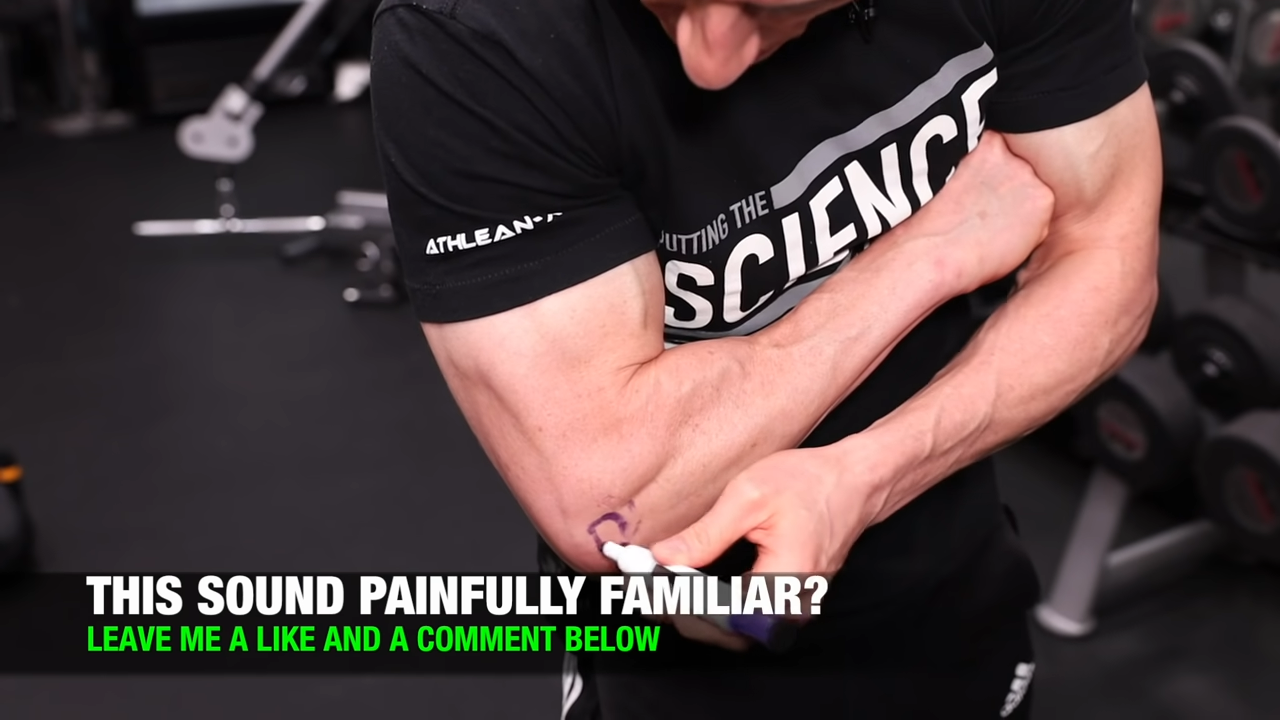
And the most common symptoms of tennis elbow include pain, inflammation, tingling, and soreness. These symptoms are usually triggered by something ordinary like going through the motions of your day and picking up an object. Usually, movements you take for granted.
But, does it mean that your elbow is the cause of the pain? No!
More often than not, when something’s hurting, it’s a breakdown of one of the supporting areas or joints due to repetitive activities that’s causing the pain.
In the case of tennis elbow, tennis players engage in a repetitive activity that puts a lot of strain on the forearm surrounding musculature. And this is especially true when the joint in question is one of those more stable and immobile joints like the elbow joint.
Repetitive movements on unsupported connective tissue lead to a heavy tendon load and eventually swollen tendons. But this isn’t limited to racquet sports.
Pushed too far, you’re looking at a tendon tear, which is very unpleasant.
WHAT CAUSES TENNIS ELBOW?
So, instead of doing the same old things you’ve read (and tried) a dozen times, you’ve got to start thinking a little bit differently about your tennis elbow.
As a physical therapist, I can tell you that you need to start looking at the unusual suspects of the pain.
Let’s breakdown each muscle group that could be lacking in muscle endurance and strength, thereby contributing to tennis elbow.
FOREARM
Completely counter to what you’ve been told, tennis elbow is actually caused by or contributed to by a weakness on the side of the forearm. If your forearm flexors are weak, you probably won’t have enough power to execute proper wrist flexion.
And that means you’ll have to make up for it by preloading the wrist flexors, by putting them in an over- stretched position. Every time you preload the muscle to execute that powerful wrist flexion, you’re going to overuse that muscle.

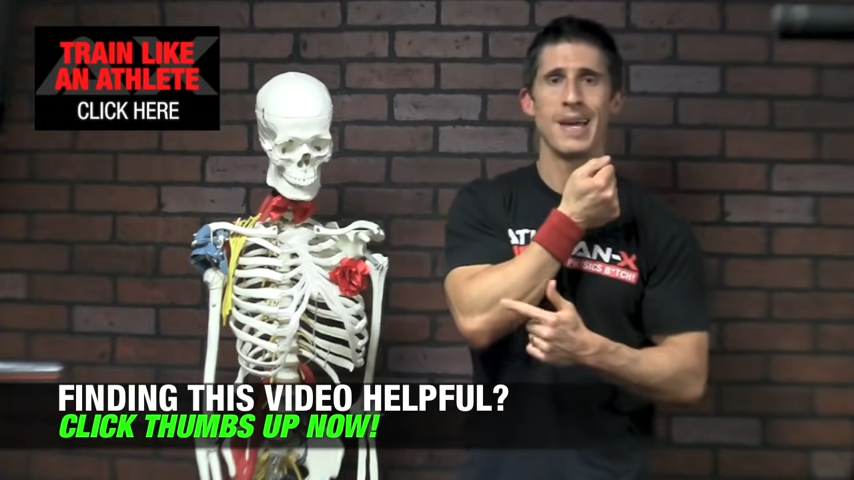
It’s not that it’s weak. It’s being asked to do a job that it wasn’t meant to do. And that’s to pick up the slack for the muscles on the other side.
SHOULDER
That said, the next place you’re going to want to look at is in the shoulder.


You might wonder, “Jeff, how could the shoulder have anything at all to do with what’s going on here at the elbow?” A lot! The shoulder and elbow are attached.
Whatever’s mechanically happening here is going to have a carry-over effect into what the joint does below that. And what could be happening is bad posture.
Guys with bad posture are internally rotating their shoulders. This is called the rounded shoulder posture. What does that do?
It creates an internal rotation of the arm. The internal rotation of the arm creates a pronation at the forearm. If you have this prolonged internal rotation or flexor pronator tightness, you’re going to get a prolonged stretch on the outside of the extensors on the opposite side.
Remember what happens when we have prolonged stretch? We get weakness. If you don’t fix this posture, it’s never going to really help to counteract what’s going on at this forearm.
If you could reposition this shoulder in the right place, maybe you’ll still have the adequate strength in that forearm to not have caused that in the first place because once you restore the normal length-tension in there, you’ll be alright.
WRIST EXTENSOR
Athletes who focus on throwing – the tennis server, the football player, the baseball player, etc. – must decelerate during a throw.
If you don’t have the proper strength and mechanics through your shoulder blade and scapula to eccentrically decelerate your arm, guess what’s going to try to kick in and do the job?

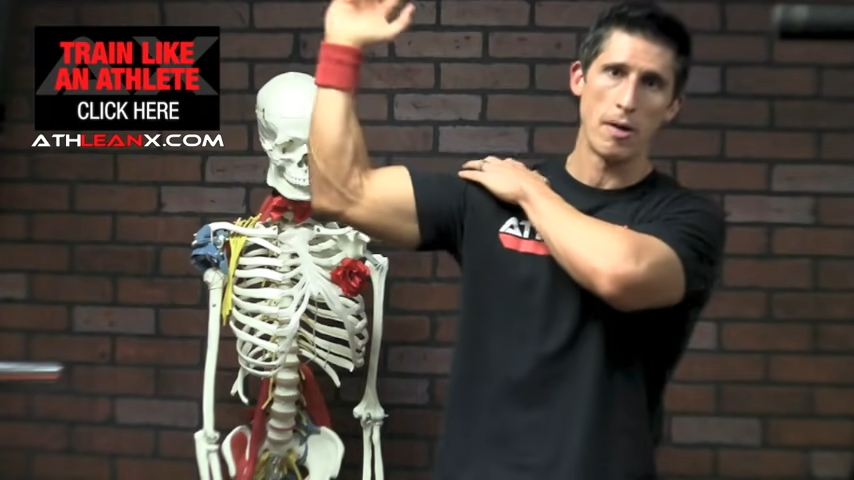
The outside of your forearm. This happens because if the proper muscles to decelerate aren’t firing, there’s going to be a lot of overuse in the forearm extensors. And this will lead to irritated muscles and irritable tendons because you’ve pushed beyond the muscle capacity of that group.
THE EXERCISE THAT MIGHT BE CAUSING YOUR TENNIS ELBOW
Most people get tennis elbow – not from tennis or another sports activity – but from what they are doing inside the weight room.
I can almost point my finger at one particular exercise that does this. It’s the Side Lateral Raise.
SIDE LATERAL RAISE
I love the Side Lateral Raise. I program the side lateral raise in almost every single program I do.

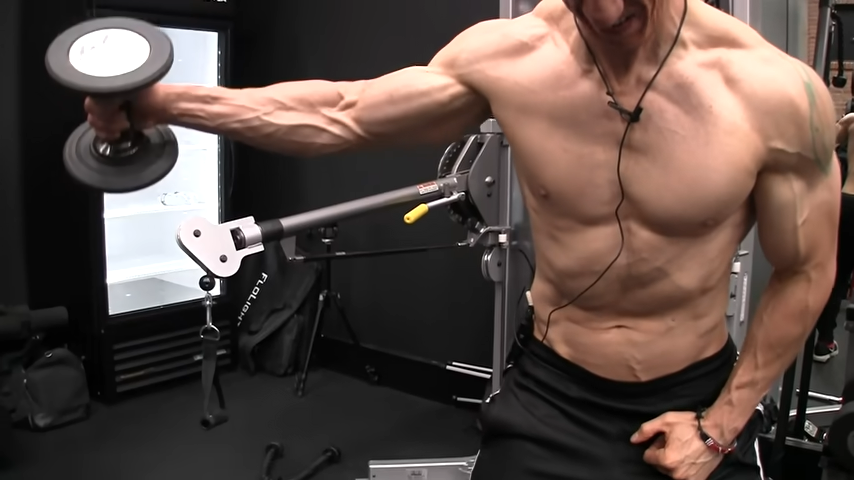
However, there are some key steps that you want to make sure that you’re focusing on to do it right.
One of the things I preach about so many times is that you need to use the proper weight when doing a Side Lateral Raise. Using heavy weights exceeds the ability of these extensor tendons to manage that weight, especially as the arm gets longer and longer and held out further from our body.
Where you really want to focus your efforts is on light weights. You can also use a low-tension exercise band. To make up for not using heavy weights, you can use intensity techniques such as one and a half reps and slow-motion reps to ensure you still get the same gains.
During the starting position, you should also turn the arm up a bit.

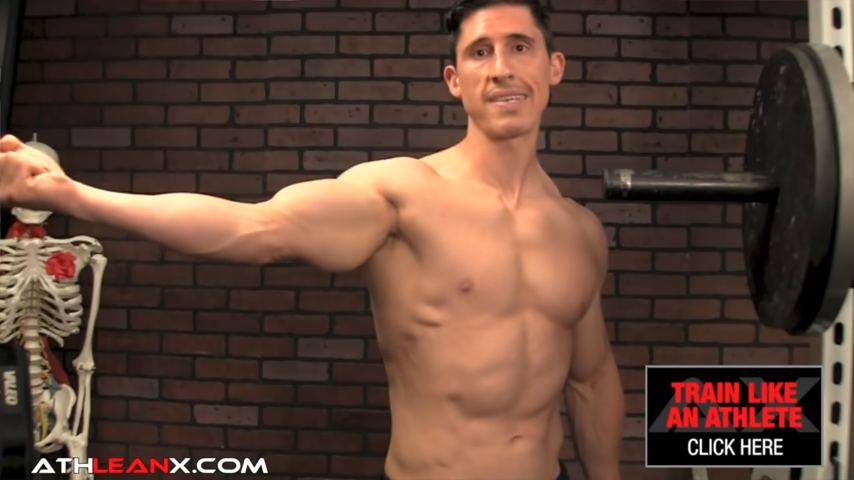
This one simple move in the elbow position creates more room and less impingement.
But it also takes the extensors from being what are primarily preventing that dumbbell from falling down and it now turns it a little bit like this, which allows more of the radial deviations of the wrist this way to take off some of that load.
That change alone will help most people who are doing the exercise who feel like it’s causing pain in their elbow.
EXERCISES TO CORRECT TENNIS ELBOW
To get rid of tennis elbow, there are several therapy exercises and nonsurgical treatments you can start incorporating into your exercise program and they will not result in an increase in pain.
The goal here is strengthening those muscles I talked about above. The equipment you’ll need includes a kettlebell and a dumbbell.
First up, there’s an exercise that you should start incorporating into your workouts three days per week.
That exercise is the Kettlebell Swing.
KETTLEBELL SWING
This works because you need to start training the body to work as the kinetic chain that it’s intended to be.
By getting into the hip flexion position and then allowing the extension of the hips to assist the weight as it comes up, keeping the isometric control, you’re offloading the weight while providing additional support.
Start with two hands on the kettlebell. Make sure you have your palms down.

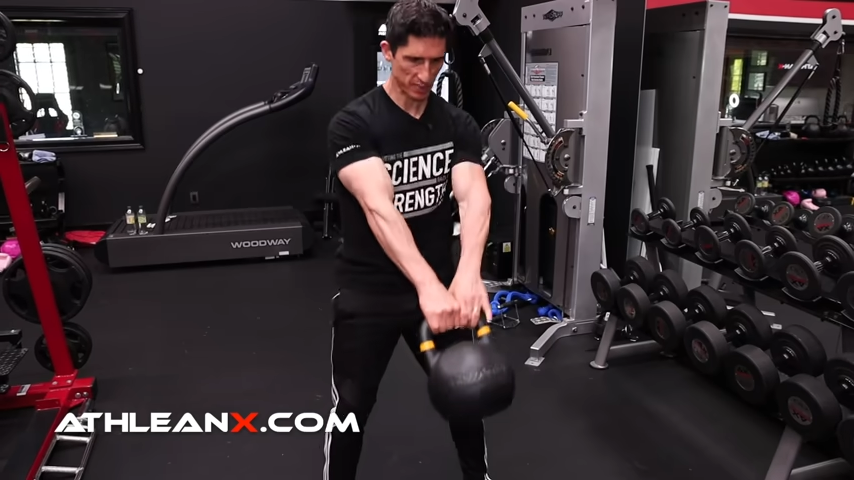
You can see that we need to have this neutral wrist position, which requires activation of the extension of the forearm.
When you perform a swing, you load up posteriorly and at the top, you can see it’s driven by the hips.
But the arm is staying in this extended position and the wrist is staying in this extended position, which is creating that stress: the good form of stress to that extensor tendon wad up here and the elbow and maintaining the mechanics in the support from below.
I recommend starting off with Kettlebell Swings three times a week for 50 repetitions.
But over time, as you get stronger and your tennis elbow starts to fade, increase this by 25 reps each progression. Eventually, you’ll stop increasing the reps and start increasing the weight you use.
And from here, you can progress to the single-arm version of the exercise in your exercise program.
SINGLE-ARM KETTLEBELL SWING
So, the same thing here: load through the hips and pop up. Even if you have a raging case of lateral epicondylitis or Tennis Elbow, you’ll find that this exercise doesn’t hurt.


It gets blood to the area, and it’s doing much more for you in terms of a long-term solution than rubbing the muscles or throwing a brace on it.
OFFSET KETTLEBELL SWING
The next thing you could do comes from looking towards that cheat lateral. Even if someone has Tennis Elbow, they can usually perform a cheat lateral with heavier weight because they’re getting the assistance of the lower body in terms of loading and assisting. This helps the weight on the way up, supporting those extenders.
So, if we know that we can get help by rotating and loading into a hip, you could also do an offset version of a Kettlebell Swing.

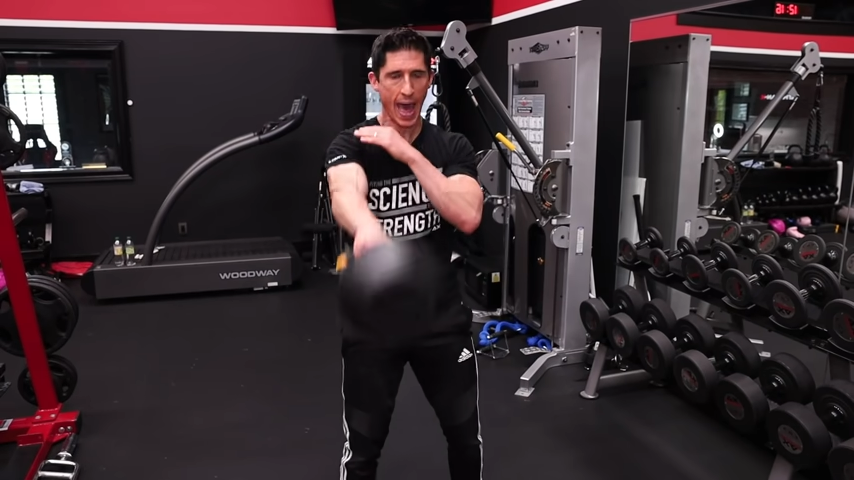
As you drop it down to the side and come up, you’re loading your hips to be able to drive up through internal rotation and then forcibly into external rotation here at the top.
The more you start to incorporate kettlebell swings into your overall routine, the faster you’re going to get a permanent solution and some immediate relief.
ONE ARM RECLINING HANGS
We move away from swings now and move on to reclining exercises, which are very effective in any therapeutic exercise program. These are also some of my favorite grip exercises.
The first one is the standard Reclining Hangs. Get underneath a bar and recline your body a little bit behind you.

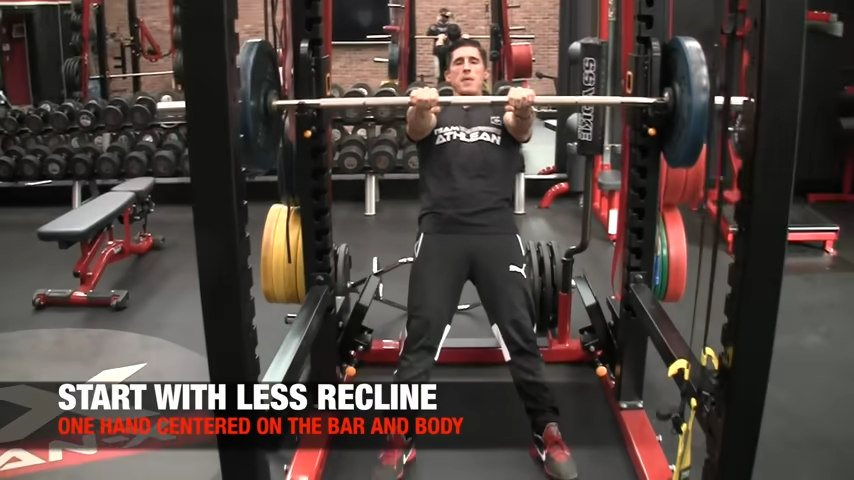
Now, the wider you have our hands, the more challenging this will become.
As far as the recline on the body, the higher up I am to start, the easier it is. The more I come underneath the bar, the more challenging it becomes.
Focus on maintaining a stabilized central position with your shoulders and torso with one arm on the bar. This means no tilting.
You see how the shoulder wants to get pulled forward, but your goal is to make sure you hold your torso stable and level. You’ll feel all the scapula stabilizers work to hold on and maintain that position.
Your goal is to be able to do this for about 45 to 60 seconds. At the same time, you’re obviously working the flexors in your forearm to also improve your grip and forearm stability, and wrist stability.
Eventually this will become too easy and you’ll need to progress. This is when you will go back out to that wide position.
ONE ARM CENTERED RECLINING HANGS

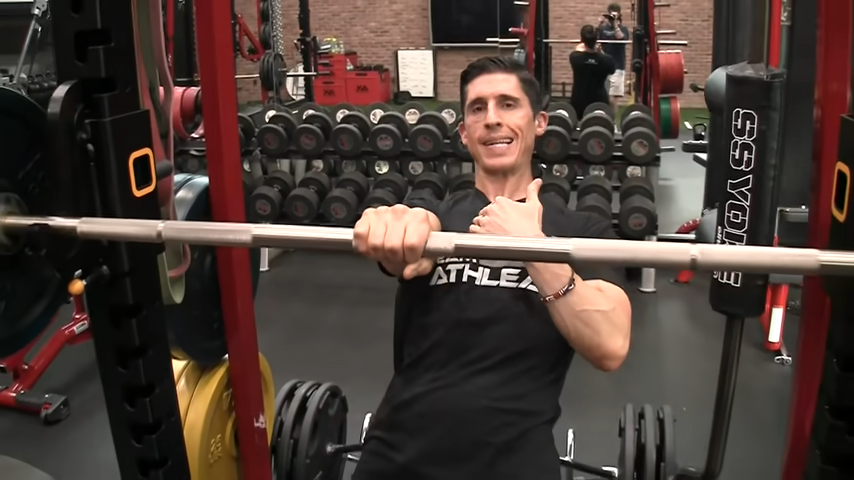
Next we want to take one hand and put it in the center. Focus on maintaining a stabilized central position with your shoulders and torso with one arm on the bar. This means no tilting.
You see how the shoulder wants to get pulled forward, but your goal is to make sure you hold your torso stable and level. You’ll feel all the scapula stabilizers work to hold on and maintain that position.
Your goal is to be able to do this for about 45 to 60 seconds. At the same time, you’re obviously working the flexors in your forearm to also improve your grip and forearm stability, and wrist stability.
Eventually this will become too easy and you’ll need to progress. This is when you will go back out to that wide position.
ONE ARM WIDE RECLINING HANGS

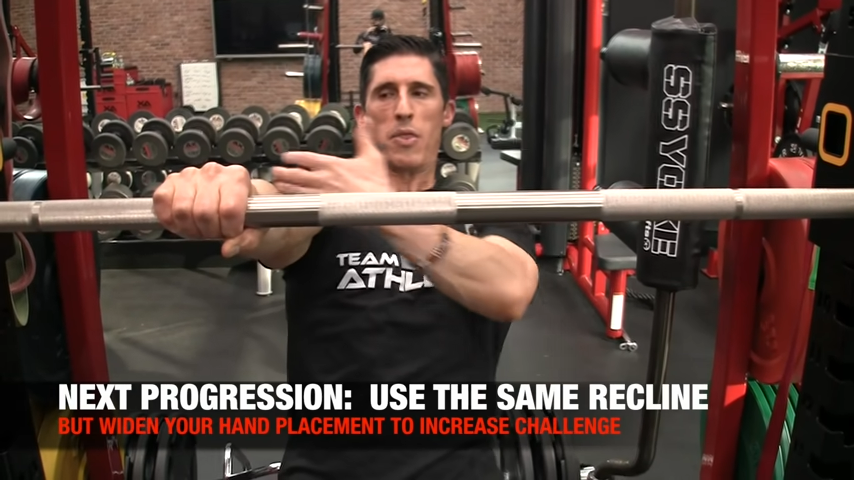
Since the weight is now more displaced off to the side with more of a tendency to fall, you’ll have to work even harder to hold that.
Work to see if you can do that for 60 seconds. Whatever ability level you struggle with, that’s the one you want to work toward.
The next way to progress this exercise is to go back and lower the body.
LOWERED RECLINING HANGS


Now you have more weight of gravity forcing you downward that you need to control.
Start back in the middle with one arm and hold. Don’t let it pull too far away. Keep the chest out and don’t let your torso tilt. Not even a little bit.
The last way to progress this exercise is to go dynamic and switch hands. The catch is that there shouldn’t be a single inch of height drop.
HAND SWITCH RECLINING HANGS

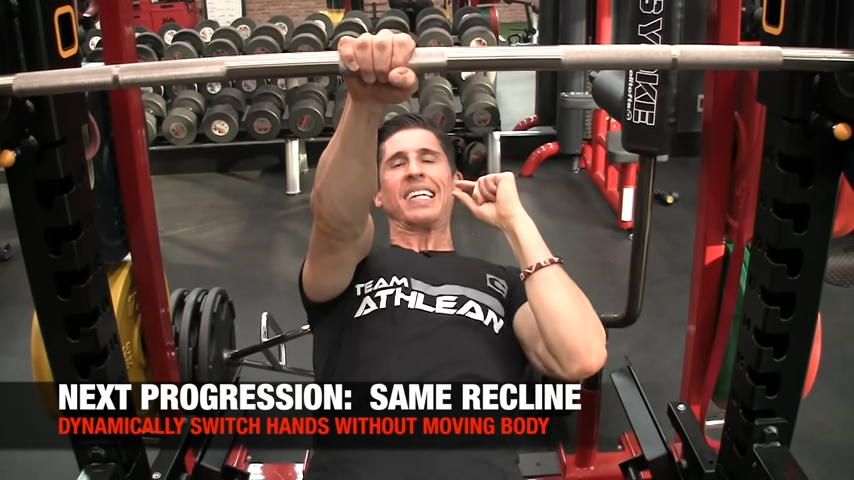
When you switch, first you’ll stabilize, come off, switch hands, stabilize, and repeat. See if you can get 10 switches.
FOREARM HANG
Your final exercise to get rid of Tennis Elbow is the Forearm Hang.

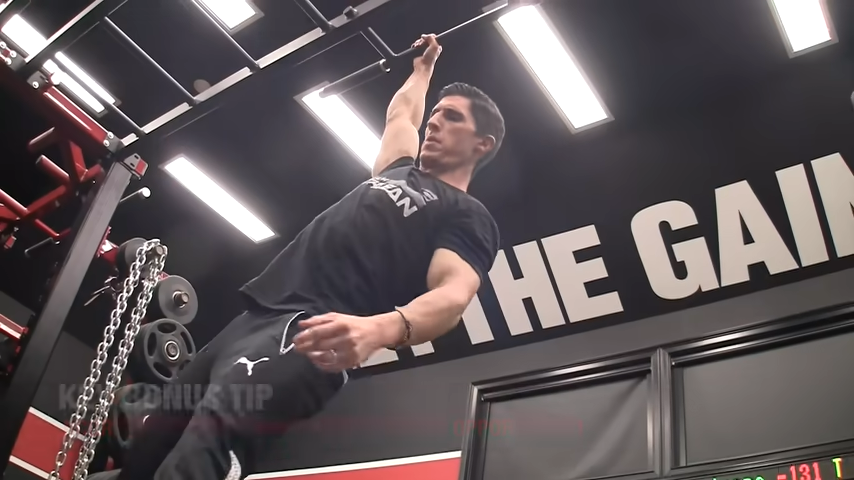
This will help you work on your grip strength, which can help other lifts improve. It definitely helps me on the Deadlift.
You can mix it in with your ab work. I’d make this one of your daily activities.
I will caution you, if you have issues with your shoulder this could be a challenge at first, but it’s been helping me get over my labrum issues.
Stop wearing your Tennis Elbow braces and stop relying on the wait-and-see approach.
Fix your problem by making sure that you’re doing the right things to attack this problem over the long-term.
Above all, stop focusing on the elbow because the elbow is a hinge joint that’s acting as a consequence of what’s going on below it and above it.
If you’re looking for the best training programs to help you become as strong and athletic as you’ve always wanted to be, check out our ATHLEAN-X programs.

- When we talk about the painful condition known as tennis elbow, we are talking about the pain during exercise that radiates from a specific spot on the top side or outside of the elbow. This spot is where many of the extensor tendons of the wrist converge and attach.
- Day to day symptoms include inflammation, swelling, and pain, but the most obvious symptom of tennis elbow is the radiating pain.
- If you want to fix tennis elbow once and for all you are going to need to start evaluating some of the possible deficiencies that you have in either your shoulder, forearm, or wrist.
- The issue with this group of muscles is that they are very weak and unable to handle a significant load on their own, when unsupported by the muscles that are supposed to contribute to making their job easier.
- One exercise that could be causing or making your tennis elbow worse is the Side Lateral Raise. When performing a Side Lateral Raise, focus on light weight and intensifying techniques.
- As far as corrective exercises for tennis elbow, you can perform the Kettlebell Swing and variations of this exercise such as the single-arm and offset swing.
- You can also use the simple exercise, Reclining Hangs to help with tennis elbow. Much like the Kettlebell Swing, you can progress the movement by using a wide grip and an alternating switch grip.

Jeff Cavaliere M.S.P.T, CSCS
Jeff Cavaliere is a Physical Therapist, Strength Coach and creator of the ATHLEAN-X Training Programs and ATHLEAN-Rx Supplements. He has a Masters in Physical Therapy (MSPT) and has worked as Head Physical Therapist for the New York Mets, as well as training many elite professional athletes in Major League Baseball, NFL, MMA and professional wrestling. His programs produce “next level” achievements in muscle size, strength and performance for professional athletes and anyone looking to build a muscular athletic physique.
















